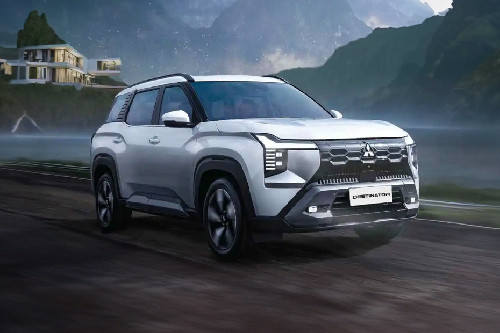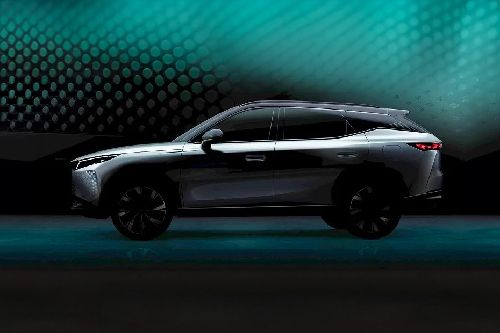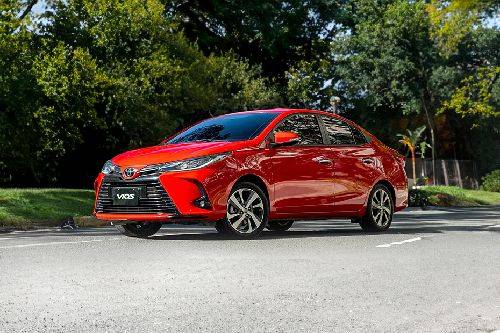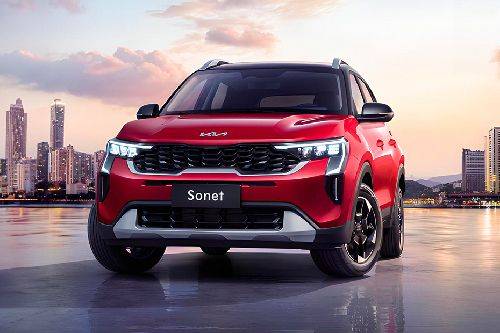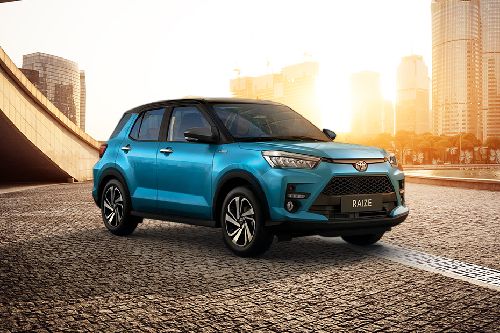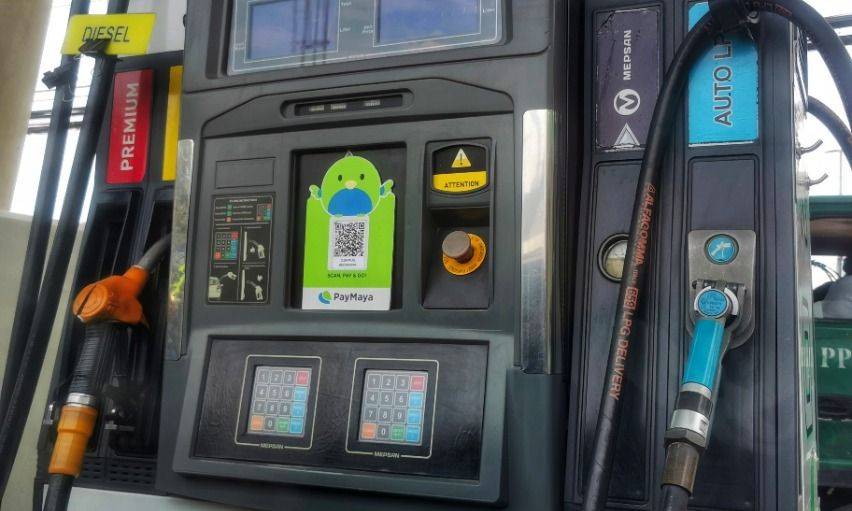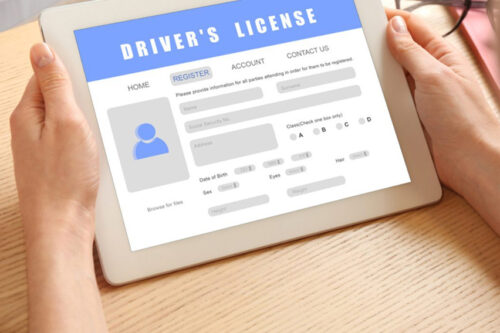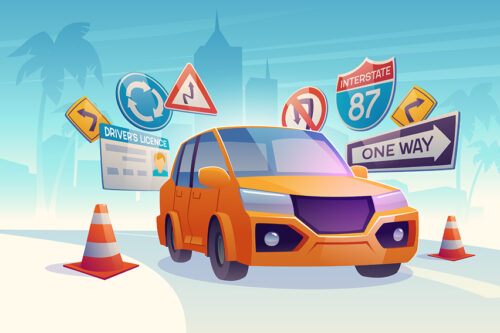Why is a child car seat important?

First off, just today the Department of Transportation (DOTr) announced the postponement of the full enforcement of Republic Act No. 11229 or the Child Safety in Motor Vehicles Act, saying in a statement: “Currently, the LTO (Land Transportation Office) is in the process of finalizing enforcement protocols, considering that special training is needed due the involvement of children."
The agency added that it and the LTO "are in agreement that a deferment of the full implementation/enforcement of this new rule is warranted, especially given our current economic situation amid this still raging pandemic.”
Depending on where you stand, you may be heaving a sigh of relief or merely raising an eyebrow.
Of course, the move for mandatory child restraint system on vehicles garnered mixed reactions from the car owners/netizens. Some private car owners complained on the cost of purchasing a car seat for their children, but with the rising number of unfortunate child road deaths in the country, buying a child seat is surely a good investment.
According to the World Health Organization (WHO), more than 12,000 road deaths were recorded in the country in 2018. In 2017, over 1,000 children died from road accidents. The DOTr believes that child car seats can bring down the rate of child road deaths by 54 to 70%.
Because kids weigh less, they are prone to more severe injuries in case of a collision if they are unrestrained. They can possibly be thrown around inside the cabin or, worse, they can be ejected through the car window in case of greater impact.
A 2004 Elsevier study showed that using a car seat for children lessens the crash injury risk by 71 to 82% compared to using the car’s built-in seatbelt alone.
Under the Republic Act 11229 or the Child Safety in Motor Vehicles Act, the child restraint system must be “appropriate to the child’s age, height, and weight.” The law requires the car seat for children below 12 years old who stands 4’11” or shorter. Child car seats are available in various types so you can choose depending on your kid’s age and size.
If you just welcomed a newborn, you may consider purchasing a rear-facing infant seat which offers better protection for the head, neck, and spine. Once your child reaches 15 months, it is advisable to upgrade the car seat to a forward-facing one so they can sit more comfortably while staying protected. You may also consider a convertible seat as it can be easily turned around so you won’t need to but a new front-facing car seat once your child grows older. For children between four and six years old, a booster seat is recommended as it elevates the child’s position to reach the standard car seatbelts. Most of the latest vehicle models are integrated with the LATCH ( (Lower Anchors and Tethers for Children) system which provides easier installation of child seats since it does not use the car’s built-in seatbelt. The newly implemented law also requires that child seats must be installed in the back row.
This new law may be quite heavy for your budget, but no investment is too pricey if it guarantees your child’s safety.
Sell your car at the best price
 Verified and genuine buyers
Verified and genuine buyers
Trending & Fresh Updates
- Latest
- Popular
You might also be interested in
- News
- Featured Stories
Featured Cars
- Latest
- Upcoming
- Popular
Latest Car Videos on Zigwheels

Car Articles From Carmudi
- journal
- advice
- financing
- insurance







































